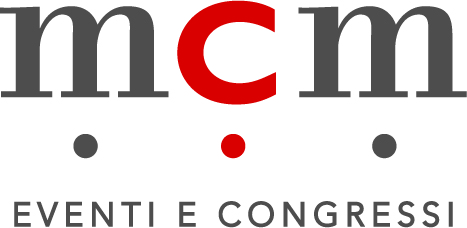Prof. Glen McHale

Title of the Lecture:
Wettability, Liquid Friction and Surfaces Slippery to Liquids
Short Bio:
Glen is Chair of Interfacial Science & Engineering and Director of Chemical Engineering at The University of Edinburgh, and is a member of the Institute for Multiscale Thermofluids in the School of Engineering. He was previously Pro Vice Chancellor (REF) and PVC/Executive Dean of the Faculty of Engineering & Environment at Northumbria University, UK. His research is on how liquids interact with surfaces both smooth and textured, and with and without electric fields to control their wettability. This encompasses droplet-surface interactions, liquid-solid friction and nature-inspired surface engineering. The UK Engineering & Physical Sciences Research Council (EPSRC) has extensively supported his research. He has published over 200 original refereed journal papers together with invited reviews on topics from superhydrophobicity to liquid-infused surfaces. Glen is a Fellow of the Higher Education Academy (HEA), the Institute of Physics (IoP), the Royal Society for Arts, Manufactures and Commerce (RSA) and is a Senior Member of the Institute of Electrical and Electronics Engineers (SMIEEE).
Abstract of the Lecture:
Wettability determines both the extent to which a surface repels a liquid and the liquid adhesion to the surface. However, liquids do not simply rest on a surface in equilibrium, but can move across a surface despite its resistance to the liquid motion. Understanding the relationship between wettability, adhesion and liquid friction is particularly important for droplet processes such as printing, evaporation/condensation, impact/rebound and icing/anti-icing. Here I will outline key work of our group and collaborators in studying aspects of wettability, adhesion and friction related to liquid/lubricant-infused porous/textured surfaces (SLIPS/LIS) and liquid-like solid surfaces. Taking inspiration from solid-on-solid sliding friction, I will define Amontons’-like laws for liquids-on-solids and coefficients of static and kinetic friction for droplets on a range of surfaces. I will discuss how this links work of adhesion and adhesive forces normal to a surface to the in-plane friction (sometimes referred to as shear adhesion). I will show how the liquid-on-solid Amontons’-like laws can be used to understand and design different types of surfaces slippery to liquids. I will consider how sessile droplets wet hemi solid-hemi liquid surfaces and how this leads to the concept of a generalized Young’s law and a definition for the wettability of a liquid surface. I will argue that hierarchical texturing to hold a continuous lubricant surface conformal to the shape of a solid micro-texture, can be re-conceptualized as a “shaped-liquid” surface. I will use these ideas to show low friction uni- and bi-directional droplet transport. Finally, I will discuss the anti-biofilm properties of slippery liquid-like solid surfaces, and the impact and rebound of droplets on different types of slippery surfaces.
Acknowledgements. Many collaborators contributed to this work, which was part-funded by the UK Engineering and Physical Sciences Research Council (EPSRC).
